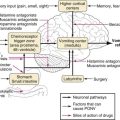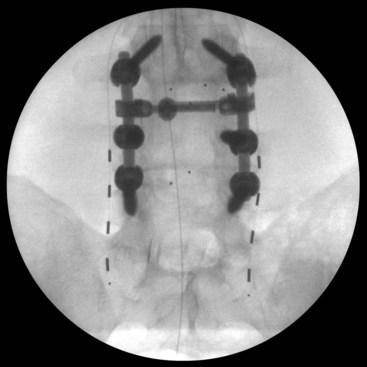ARFID. It’s an eating disorder that not many people have heard of – but up to 5% of the general population in America is thought to have the condition. It was only added to the DSM-5 in 2013 and it’s one of the most misunderstood food-related mental health issues there are. What is it and what are the signs and symptoms?
ARFID as an eating disorder
Many children go through phases of picky eating as they grow – and develop dislikes and preferences for foods they will and won’t eat. Fruits and vegetables might provoke disgust, and certain textures and tastes might not be tolerated. However, in most cases, children grow out of them – developing a palate that tolerates most food groups well.
In ARFID (Avoidant Restrictive Food Intake Disorder) this doesn’t happen and sufferers will retain only a very small handful of foods that they will perceive to be ‘safe’. These foods are often ‘beige’ and fall into the carbohydrate category – think for instance about white bread, fries, potato chips, cheese pizza, plain pasta, and chicken tenders.
Often, the condition falls into three different types:
Avoidant: This is where a sufferer will avoid certain types of food because of sensory sensitivity. It’s common in those with Autism.
Aversive: A sufferer will have a genuine aversion to eating – usually based on a fear response, so for instance they may worry about choking, vomiting (have emetophobia), or worry about gastrointestinal symptoms)
Restrictive: This is when a sufferer has little to no appetite and simply won’t eat, or fails to distinguish their hunger cues.
Sufferers can have one, two, or all three subtypes. Any or all of them can result in a loss of nutrients from the diet, inadequate growth, and weight loss resulting in deficiencies. It’s a very common condition in those children and adolescents who are neurodivergent and have Autism, ADHD, or both. It can also be present in patients with OCD.
Treatment for ARFID
There is relatively little research or knowledge on effective treatment pathways for children with ARFID, though the situation is slowly beginning to improve.
If there are worries or concerns about the eating behaviors of a child then a great initial first step is talking therapy services for children such as the ones provided by Decade2Connect. Alongside specialized eating disorder treatment plans, there may also be a need for nutritional intervention from dieticians and physicians. They can prescribe vitamin and mineral supplements and advice on how best to manage a restricted food intake and encourage development.
One of the most important elements of treatment is encouraging the child to eat safe foods and not push them away. Any nutrition is better than no nutrition and if a parent is faced with the choice of a child who will only eat a select range of four or five foods, it is better to encourage them to consume those – than nothing at all.
For many, ARFID can be a lifelong condition that needs to be managed – but it can be treated successfully, and sometimes the symptoms disappear completely – or wax and wane. As more people come forward to be diagnosed it is hoped that more research will go into this most misunderstood of all the eating disorders.





